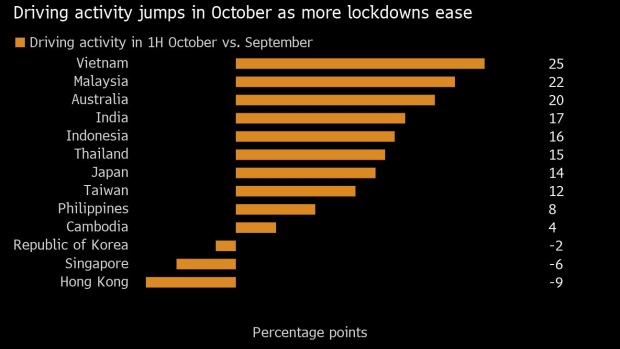UNION BUSTING 101
Exxon tells locked-out Texas refinery workers non-union employees get higher payONLY BECAUSE UNIONS HAVE SET PAY RATES, NON UNION MUST COMPETE AGAINST.

FILE PHOTO: An Exxon gas station is seen in Houston
Erwin Seba
Thu, October 28, 2021, 7:20 PM·2 min read
HOUSTON (Reuters) - Exxon Mobil Corp on Thursday sent a message to hundreds of union workers locked out of their jobs at its Beaumont, Texas, refinery saying that pay is greater at non-union sites.
"We are not allowed to make promises, and we will not do so. We can report that non-represented employees at comparable sites are paid 5% to 7% more and have similar benefits," Exxon said in the message called a "decertification update."
The message comes about two weeks before the 585 locked-out workers begin voting on removing United Steelworkers (USW) union Local 13-243 from the 369,000 barrel-per-day (bpd) refinery and adjoining lubricant oil plant.
An official with the United Steelworkers union 13-243 had no immediate comment about the company message.
The workers are scheduled to vote by mail between Nov. 12 and Dec. 22 in a decertification election overseen by the U.S. National Labor Relations Board that, if successful, will remove the USW.
Last week, Exxon laid down two conditions for ending the lockout: Adoption of its proposed contract, or decertification of USW 13-243.
A majority of union members rejected the contract proposal in a secret-ballot vote on Oct. 19.
Exxon locked out the workers on May 1 after the union did not accept a proposal during four months of talks that eliminates job seniority, which gives employees a say over job assignments, assuring the most experienced workers operate refinery units, the USW has said.
INEXPERIENCED WORKERS ARE LOWER PAID
Exxon has said ending job seniority and other changes are needed to ensure the refinery can be competitive in even low-margin environments.
Exxon continues to operate the refinery at about 60% of its capacity with managers and supervisors as well as
(Reporting by Erwin Seba; Editing by Kenneth Maxwell)










